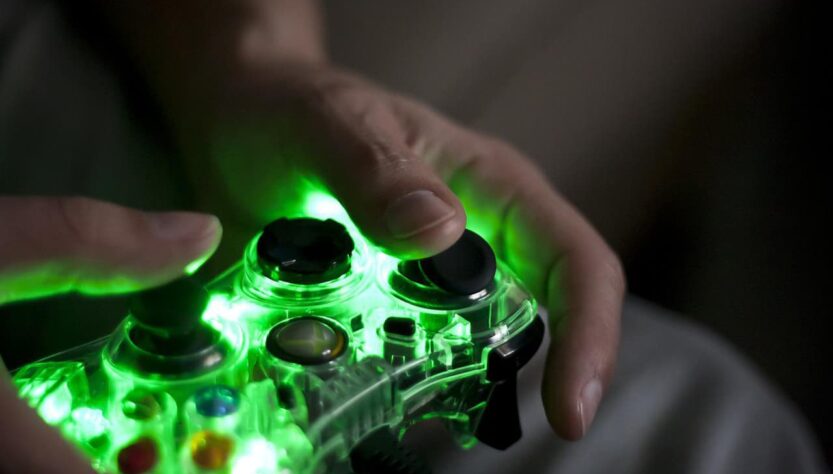More than twenty years ago David Brevik was involved in the creation of Blizzard North. He was also instrumental in the development of the studio’s hit game, Diablo.
“I came up with the original concept back in high school,” says Brevik, who attended school in the San Francisco Bay Area (he borrowed the game’s name from a local peak, Mount Diablo). “The one thing I always wanted to do was make games, and even in high school I thought about the games I could make and the names I could give them.”
According to Brevik, Diablo was originally intended to be closer to a traditional RPG with a party of adventurers, turn-based gameplay and strong influences from his first favorite games, Rogue and Nethack.
But right out of college, he ended up at a digital clipart company that gradually fell apart; after the company collapsed, some of the employees decided to form their own company named after a secret project the clipart company was working on: “Project Condor.” Thus the game company Condor was born.
It was then that Brevik wrote the design document for Diablo, describing it as a turn-based, single-player DOS game that was to receive expansions similar to the map booster packs for Magic the Gathering, which was hugely popular at the time. The game also had permanent death. “This was an important roguelike feature, so we wanted to implement it too.”
In addition, it’s often said that the game’s design originally had plasticine animation-style graphics.
“It wasn’t just plasticine animation,” Brevik says, adding that the developers were actually inspired by the arcade fighting game Primal Rage when creating the game’s look.
The story behind the first Diablo – 2
“I really liked the way Primal Rage looked on arcade machines,” Brevik says. “It used frame-by-frame shooting for all the characters and graphics.” Brevik wanted to use a framerate style in Diablo, too. But when he found out how long and expensive it would be, the idea had to be abandoned.
How the Justice League Task Force merged Blizzard North and South
But to stay afloat, Condor ran other sports and licensed games in parallel with the Diablo planning, including Justice League Task Force for the Sega Genesis.
Brevik recalls taking the game to be shown at the Consumer Electronics Show in Las Vegas, where he unexpectedly found a fellow developer, Silicon & Synapse, which eventually morphed into Blizzard Entertainment.
The story of the creation of the first Diablo – 3
“We showed up, put our game on display, and then…all of a sudden we saw another version of it – for the Super Nintendo!”
Condor had no idea that a Super Nintendo version of Task Force was in development (because the publisher didn’t bother to tell the company), and yet the two games turned out to be strangely similar. The developers at Condor struck up a conversation with the staff at Silicon & Synapse, who, it turned out, also had a dream of creating their own hit, an original PC game; a dream Condor had failed to realize with Project Diablo.
“We tried to pitch the idea of this game to a bunch of people, but everyone said no, they said the RPG genre was dead. Nobody wanted to invest in RPGs,” Brevik says.
But after Silicon & Synapse turned into Blizzard and created Warcraft, she contacted Condor again and listened to her offer to create Diablo. Blizzard liked what it heard and the company offered to publish the game.
“We were thrilled and signed a contract to develop Diablo,” Brevik recalls. After that, the studio had to think about what this turn-based isometric game should actually look like, what the camera position and on-screen rendering should be.
“It wasn’t easy in those days … I took a screenshot from X-Com, and we just put it into Diablo,” Brevik says. “In fact, the basis of square tiles of the same size and shape is common to X-Com and Diablo.”
That is, according to Brevik, the look and technology of Diablo is, in a sense, based entirely on a screenshot from X-Com.
Brevik also recalls that the decision to turn Diablo from a turn-based to a real-time game was controversial. He said that despite the rumors, Blizzard didn’t ask Condor to make it real-time and add multiplayer. That came later, when development of the game began.

